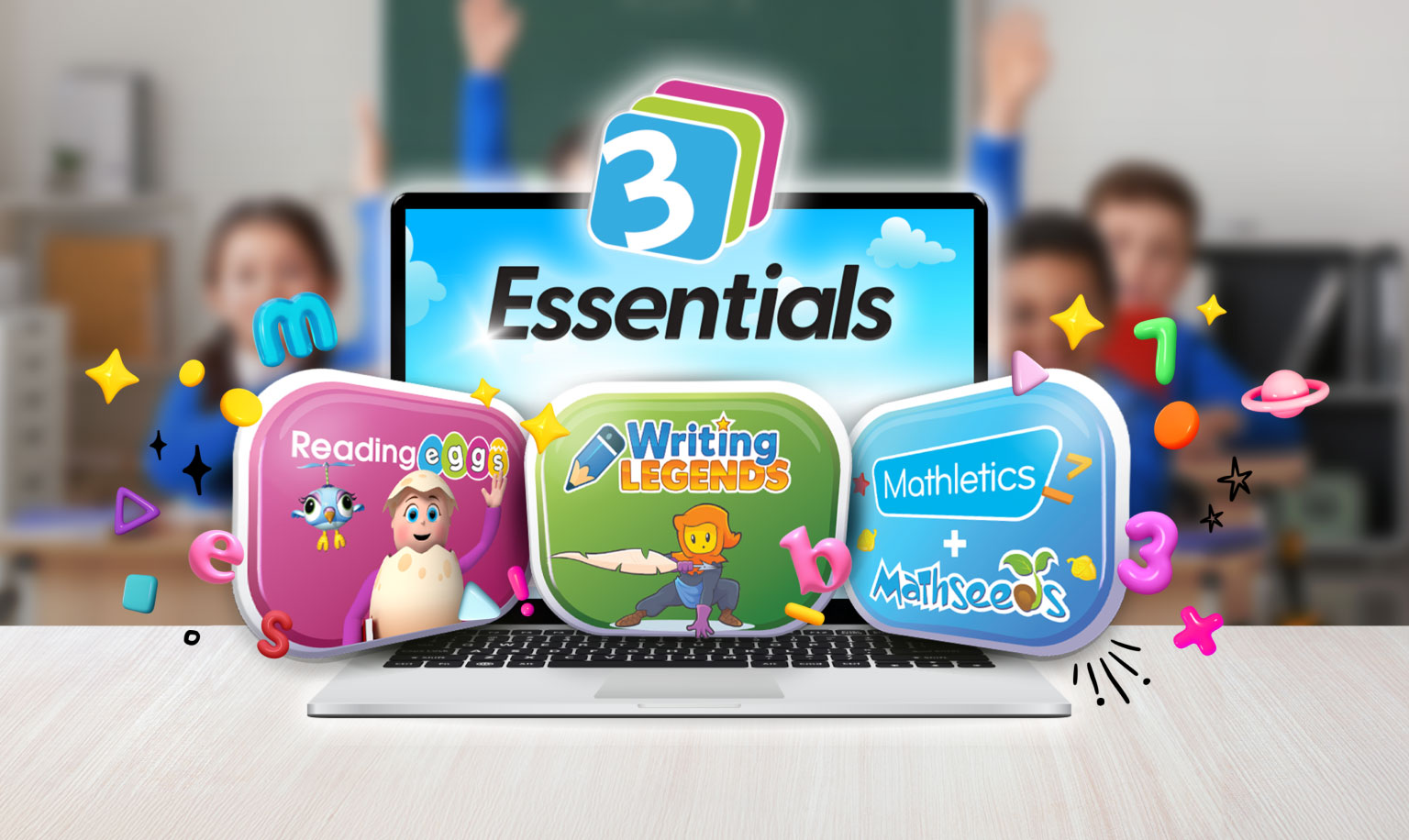
Narrative is the magic that makes a story a story.
It shapes themes, imparts wisdom, teaches lessons, and (hopefully) entertains readers. They take on many forms, like legends, myths, fables, adventures and fairy tales.
To best understand stories – whether you’re an excited reader or an author in the making – it’s best to get an idea of what narrative is, how it works, and how its pieces come together.
First we have to ask…
What is a narrative?
Narrative is the underlying structure of a story – it can subtly, or directly, tell us how a story should feel or be viewed.
So a narrative isn’t the same as a story?
Think about it this way:
A story is events that happen.
A narrative is about how that story is told.
Where a story can be explained by a synopsis (a summary of what happens), the narrative gives us a full picture.
Example:
A small boy in a park kicked a ball. This is the story.
John had been waiting all day to practice with his new football. He had begged his parents to take him to the park, and now that he was here in the open green field, he planned to kick it as hard and far as he could. Placing the ball on the ground, he took five long steps back, ran, and kicked the ball with all his might. This is the narrative.

Let your students practise their narrative writing with the Story Factory in Reading Eggs, an award-winning reading program. The Story Factory allows your students to write and publish their own storybooks using an easy step-by-step guide. There is also Storylands, a 20-lesson program for children who have begun reading.
How is a narrative structured?
A narrative is made up of four main sections: ‘orientation’, ‘complication’, the ‘sequence of events’ and the ‘resolution’.
-
Orientation
The orientation sets the scene, mood and introduces the characters. Try to include ‘When’, ‘Where’, ‘Who’ and ‘What’ in this section to explain to the reader what the story is going to be about.
-
Complication
A Complication is when a problem or a dilemma disrupts the normal life or comfort of the characters and sets off a sequence of interesting events.
The complication, often in the form of an obstacle (physical or emotional) that needs to be overcome, creates tension or excitement for the reader of the story and usually needs a response from the main character.
-
Resolution
This leads to the resolution, where the problem is resolved. This section will include a description of the final outcome or ending.
Some writers like to include what is called a coda to the end of their narratives. A coda underlines how the character has changed and what they learnt as a result of the experience they went through. A coda is purely optional.

Watch your students get excited about writing and publishing their own storybooks in the Story Factory
Grammar and language conventions used
- Nouns: To refer to or describe the particular people, animals and things that arise in the story.
- Adjectives: To build noun groups to describe the people, animals and things in the story.
- Verbs: Saying and thinking verbs can be used to indicate what characters are feeling, thinking or saying.
- Adverbs: Use in conjunction with adverbial phrases to locate the particular incidents or events.
- Connectives: Use time connectives to show a sequence of events through time.
- Tense: Use past tense (usually) except when there is dialogue (present).
Practice makes perfect
To keep up your new-found narrative writing skills try to read other well-formed narratives, such as classic storybooks. Additionally, keep writing your own narratives and let your family or friends read over them for feedback and advice.
Need help teaching literacy?
We’ve got you covered – check out 5 ways you can bring literacy into ANY classroom or download our teacher-favourite literacy resources below:











